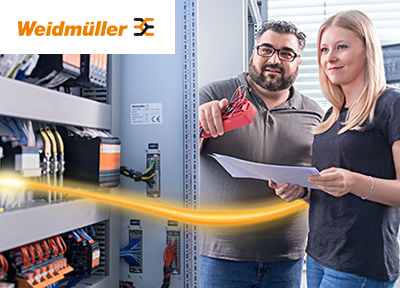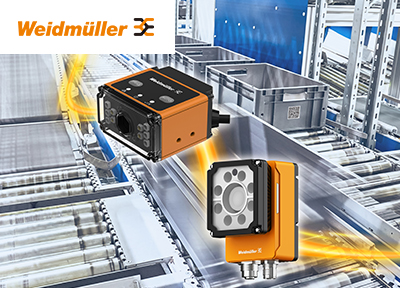A reader of Control Engineering recently asked, “When I hear the sound of a ball screw that’s beginning to fail on a CNC milling center控制工程网版权所有, I have to wonder: Isn’t there a better way to get that kind of linear movement? Are there other technologies?” We put that question to John Meyer at Siemens Motion Control Group, and he suggests linear motor technology.

Stator and rotor of a linear motor is simil
Linear motors have not been part of the progression of modern machine design that has seen quantum leaps in control technology, says Meyer. Rather, modern machines still, for the most part控制工程网版权所有, use slide propulsion that was designed in your grandfather’s day. We have gone from tape-driven NC machines driven by dc servo motors and ball screwsCONTROL ENGINEERING China版权所有, to sophisticated CNC controls that can take a CAD file and produce a machine program at the touch of a button, right on the machine. To drive the slides on this modern machine, we have progressed to ac servo motors driving ball screws. And maybe we also updated the slides from box way to truck and rail, but how are we driving these slides? Servo motors and ball screws.
Linear motors enable maximum precision and dynamic performance in various motion control tasks. These include not only rapid traverse, but slow constant speed traverse of machine heads, spindle slides, tool management systems, part handling devices and more. There are considerable cost savings when various mechanical components are replaced by simple and efficient linear motors. These motors provide a total drive systemwww.cechina.cn, offering reliability, precision, high dynamic stability, low maintenance控制工程网版权所有, and improved production time.
What is a linear motor?


 在线会议
在线会议 论坛
论坛 专题
专题 工控直播
工控直播 新闻中心
新闻中心 子站
子站 技术
技术 社区
社区



 IDEC HR8S系列新一代安全继电器有奖试用活动
IDEC HR8S系列新一代安全继电器有奖试用活动 2025(第二十一届)年度最佳产品奖有奖投票中
2025(第二十一届)年度最佳产品奖有奖投票中 AVEVA剑维软件食品饮料行业白皮书有奖下载
AVEVA剑维软件食品饮料行业白皮书有奖下载 立即有奖下载TE重载连接器选型指南
立即有奖下载TE重载连接器选型指南 2025(第十四届)全球自动化和制造主题峰会
2025(第十四届)全球自动化和制造主题峰会




























